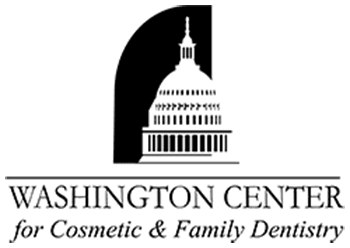Air Abrasion
Air Abrasion Technology
Air abrasion is a new dental technology that allows patients a comfortable alternative to the standard dental drill. This tool resembles a Waterpik and, using a highly focused jet of air, powers away unwanted elements. Air abrasion can be used for:
- Removing decayed portions of teeth
- Eliminating stains on tooth surfaces
- Preparing teeth for sealants, bonding, and other restorative or cosmetic procedures
Air abrasion is safe for children and adults alike. The technique often allows the dentist to leave more of the tooth intact than drilling when removing a cavity. Though this process may be a bit more lengthy than using the drill itself, it reduces the amount of damage potentially done to otherwise healthy tooth material. Patients notice less of the noise, pressure, or vibration associated with the traditional drill.
What Happens During the Procedure?
Before beginning the air abrasion process, the dentist will need to either place a rubber sheet or coat the teeth and gums with a rubber resin to protect them from particles emitted by the abrasion tool. From there, they will abrade away the decay, old restorative materials, discoloration, or other issues. Throughout the procedure, any particles will be suctioned away just as they would when drilling.
Although air abrasion is safe, practical, versatile, and more pleasant than a traditional drill, it is not right for all situations. A cavity deep in the tooth will still need the use of the drill. However, the dentist may be able to incorporate air abrasion into parts of the procedure.
Air abrasion is not a complete replacement for the dental drill, but this technique can be used in place of drilling in some cases or in addition under certain circumstances. It is a safe procedure, and it is an ideal option for patients with anxiety about the use of a dental drill.
To learn more about our air abrasion technology or to schedule an appointment, please give our team a call at 202-363-2500.
